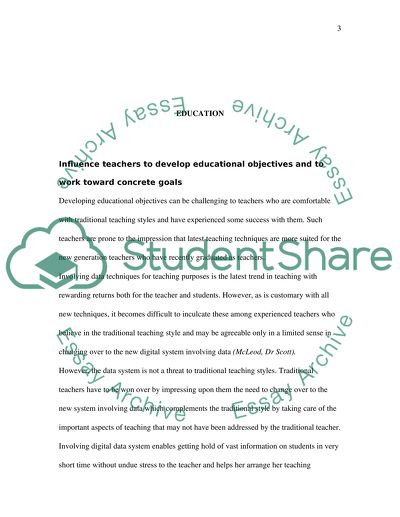Cite this document
(How Teaching Strategies and Techniques Contribute to Educational Assignment, n.d.)
How Teaching Strategies and Techniques Contribute to Educational Assignment. Retrieved from https://studentshare.org/education/1520127-eduaction
How Teaching Strategies and Techniques Contribute to Educational Assignment. Retrieved from https://studentshare.org/education/1520127-eduaction
(How Teaching Strategies and Techniques Contribute to Educational Assignment)
How Teaching Strategies and Techniques Contribute to Educational Assignment. https://studentshare.org/education/1520127-eduaction.
How Teaching Strategies and Techniques Contribute to Educational Assignment. https://studentshare.org/education/1520127-eduaction.
“How Teaching Strategies and Techniques Contribute to Educational Assignment”, n.d. https://studentshare.org/education/1520127-eduaction.


